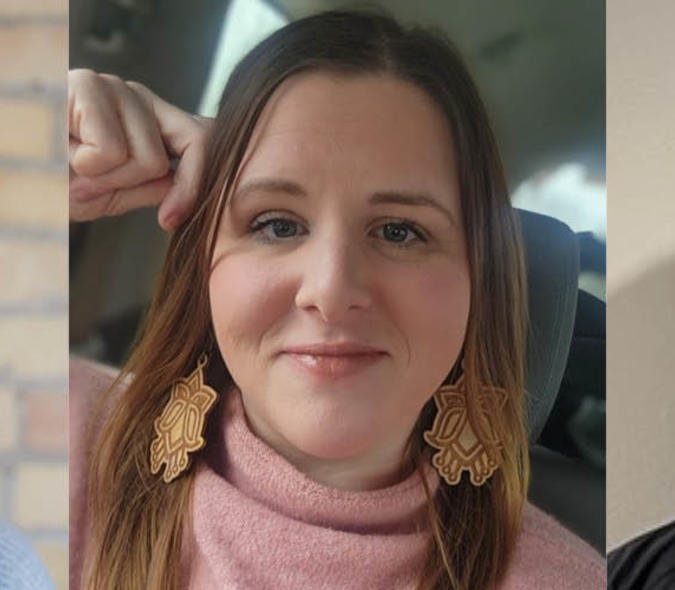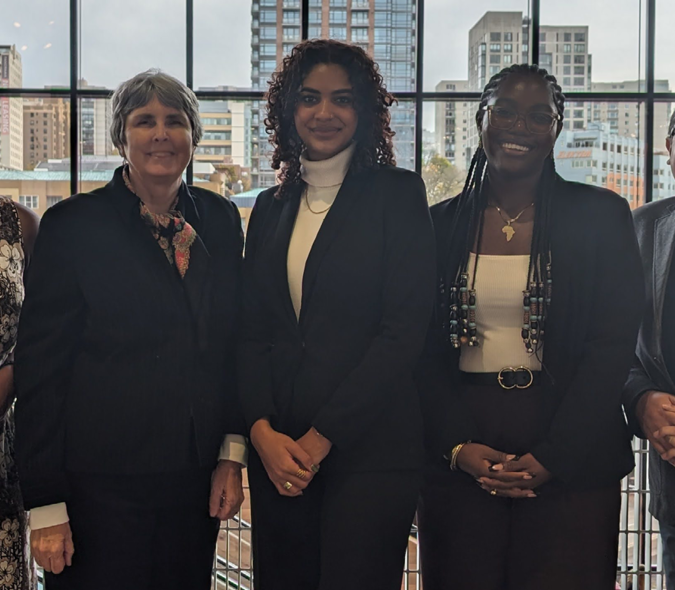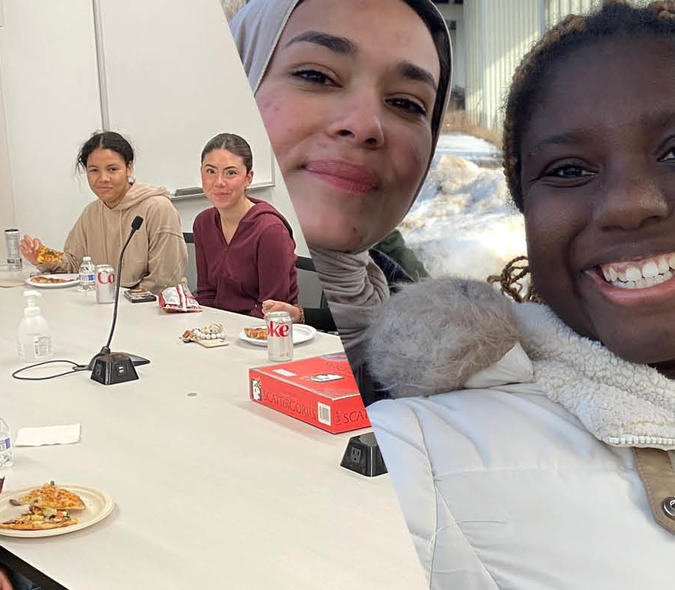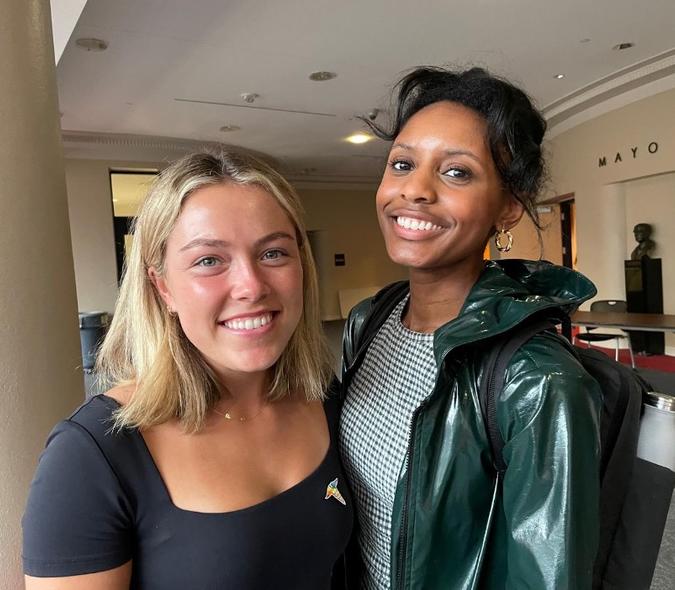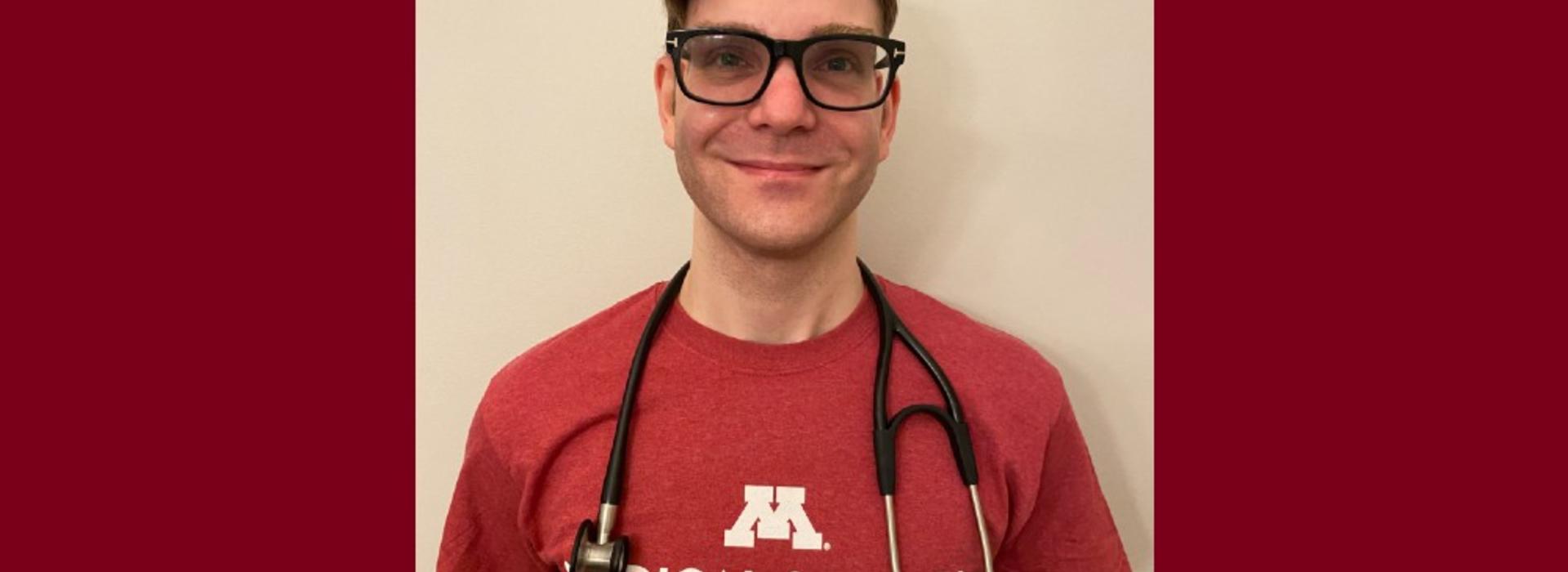
Student Perspective on LGBTQ+ History Month, Student Groups
For LGBTQ+ History Month in October, second-year medical student Adam Scott shares his experience in LGBTQ+ student groups on campus and his perspective on LGBTQ+ History Month.
As an undergraduate student at the University of Minnesota, Scott did community organizing in the LGBTQ community, was co-chair of the Queer Student Cultural Center (QSCC) on campus and was a volunteer-based HIV testing counselor. Scott majored in neuroscience and is currently a second-year medical student at the U of M Medical School, with a medical interest in gastroenterology.
What student groups are you involved in?
I am a co-chair for PRIDE in Healthcare (Promoting Recognition of Identity, Dignity and Equality) and a facilitator for the LGBTQIA+ Affinity Group. PRIDE in Healthcare is an LGBTQ student-led organization that is primarily for first- and second-year medical students. Our aim is to create panels and events as well as social activities that supplement LGBTQ medical education in the Medical School.
The LGBTQIA+ Affinity Group is brand new this year and is open to all years of medical students. It is more social-based, so rather than just planning events that are going to increase the education of medical students, it is geared towards supporting exisiting LGBTQ medical students. We offer social connection, whether someone needs to debrief about something they experienced or just want a social connection through their professional community.
How are these groups playing a role in your student experience?
Involvement in PRIDE in Healthcare and the Affinity Group have played a big role socially. It is not always clear how someone identifies. Medicine is still in large a “Boys Club,” that can socially place LGBTQ+ physicians and medical students as the outgroup. Due to this dynamic, some downplay their LGBTQ+ identity and aim to blend in. This tactic, however, can evoke feelings of isolation and erasure. Without institutionalized structures to make connections through the medical queer community, you could go your whole four years without definitively knowing another queer person in medical school. I also believe social and academic success go together. I think a strong social network through medical school also helps your academic performance.
What is your biggest takeaway from these groups so far?
My biggest takeaway so far, especially working with DEI initiatives, is that the queer community is a community that empowers individuals to act as social agents of change. This creates a structure and forum to follow through on the history of the queer community. It is something I am proud of, but also conscious that we still have a lot to aspire towards. Every day is a learning experience on how to more successfully community organize and advance queer diversity initiatives.
What does LGBTQ+ History Month mean to you?
I think the LGBTQ+ history month is extremely important. As a queer community, we are a community that has mobilized and overcome very exclusionary practices, which have historically defined in-group and out-group. We have a history of activism and empowering individuals for social change, but I think those are not just lessons that are unique to queer peolpe. Those are lessons that everyone needs to take to heart. For example, our community has reframed the conversation around LGBTQ+ identities that 50 years ago was discussed as a moral issue, and through advocacy, we have reframed it into a social issue. As a society, we went from ‘the love that dare not speak its name’ to ‘love is love’. If you break that down, it is a huge shift. Recognizing the sacrifices that community members have made is important, and I think that is something that LGBTQ+ History Month puts in the spotlight.
